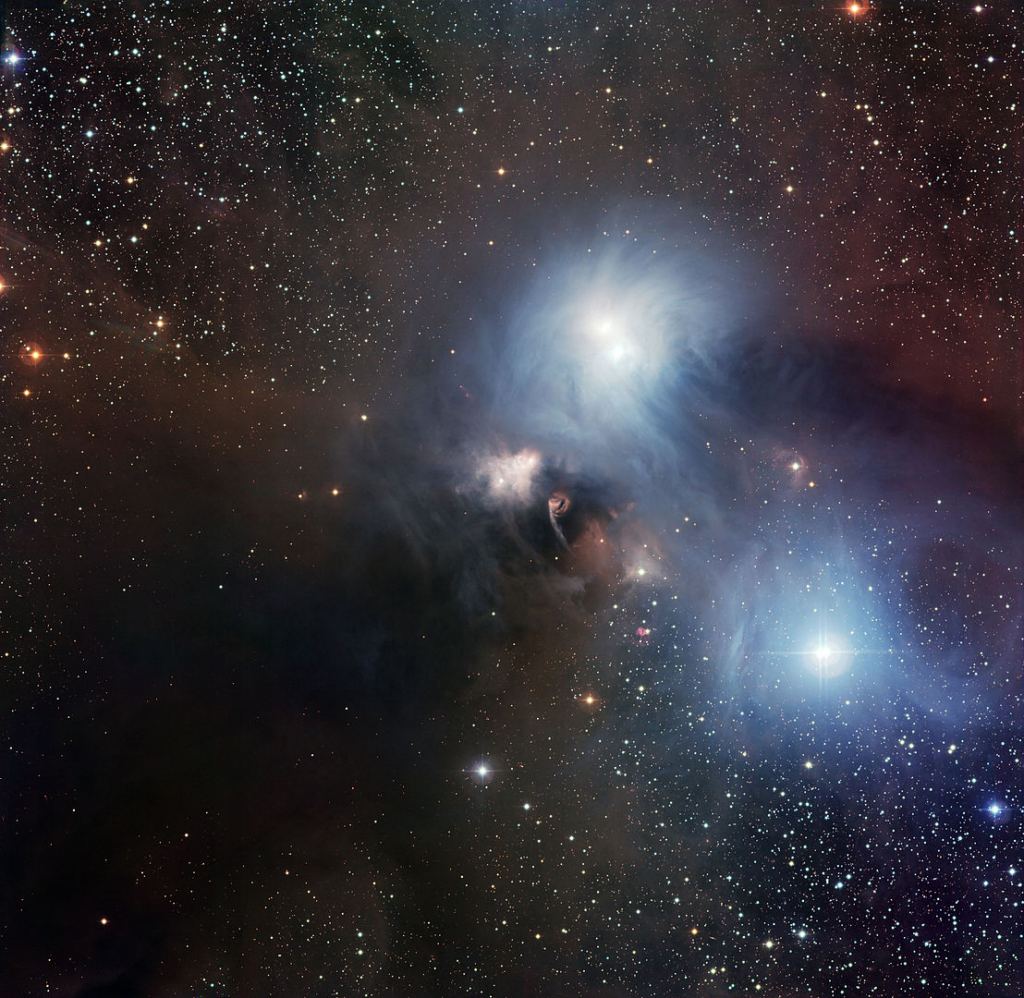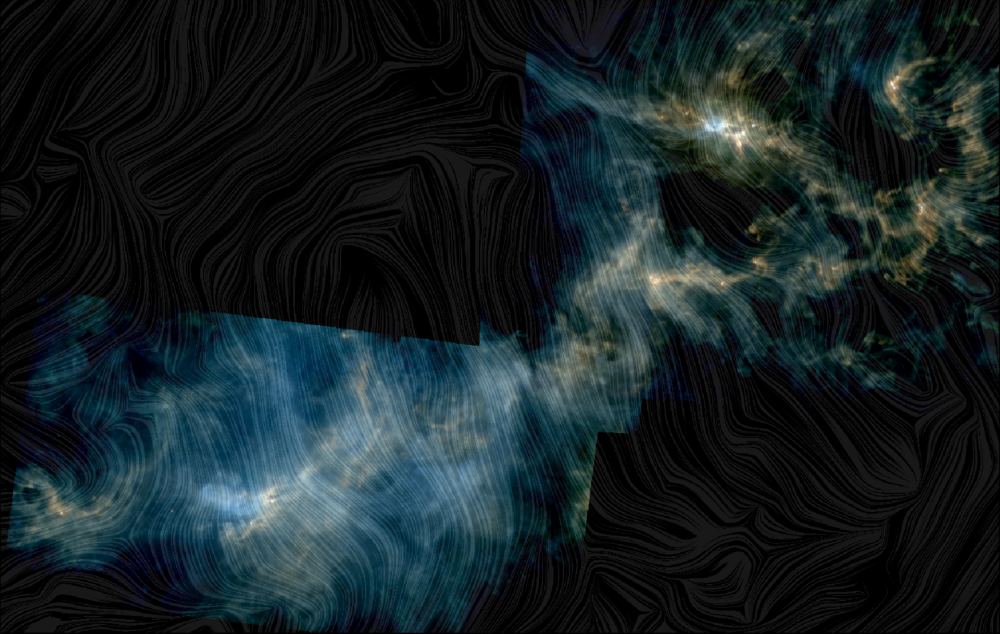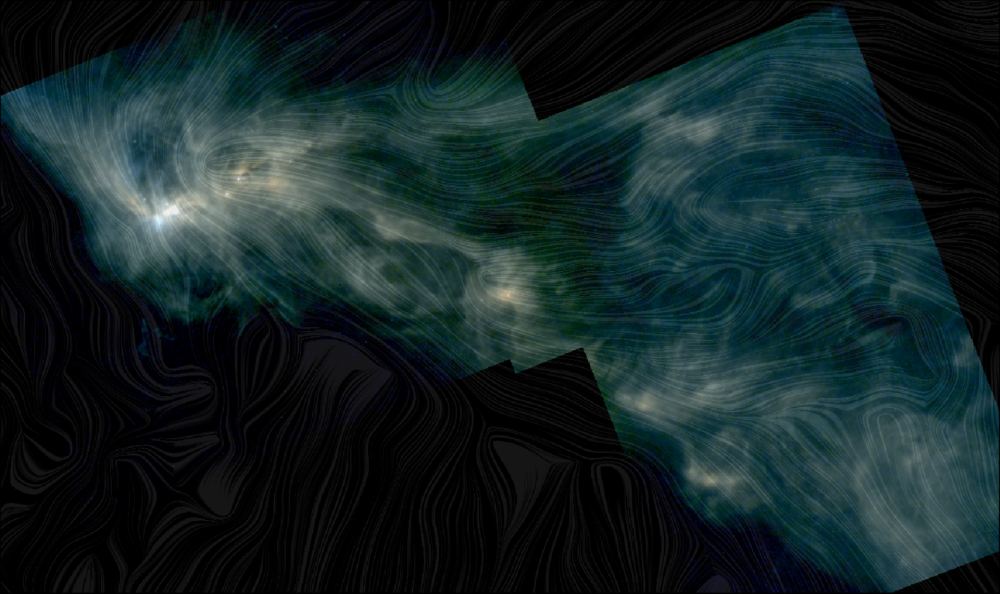The Corona Australis is a constellation in the southern hemisphere. It’s name literally means “southern crown.” One of its features is the Corona Australis molecular cloud, home to a star-forming region containing young stars and proto-stars. It’s one of the closest star-forming regions to us, only about 430 light years away.
The ESA has given us a new composite image of the cloud with data from the Herschel Space Observatory and the Planck Space Observatory.
The Herschel Space Observatory’s mission ended in 2013, and observed in the infrared. In this image, bright areas show the emission from dust grains. The emissions cover three wavelengths: 250, 350, and 500 microns.
The lines in the image are from Planck Observatory observations. The Planck Observatory observed in microwave and infrared, and in this image the lines represent magnetic field lines.
Together, the data creates an image that’s both information-rich, and ethereal.
The eye is naturally drawn toward the brightest part of the image, in the upper left. That’s an open star cluster called the Coronet. The Coronet cluster hosts a nebula, as well as some variable stars, and the namesake star R. Coronae Australis. That region’s also called Corona Australis North.

The bottom right of the main image is called Corona Australis South. It’s less dense than C.A. North, and more wispy. There’s much less star formation in C.A. South than in C.A. North.
The main image also shows a flowing filament of gas going from the C.A. North region to the C.A. South region.
This isn’t the first time that the Herschel and the Planck have teamed up. The ESA has published several composite images from the pair, highlighting some of the detail in molecular clouds.

Molecular clouds are clouds of interstellar gas that have become large enough and dense enough to allow for the formation of molecular hydrogen. The clouds are different from other parts of the interstellar medium, where the hydrogen is mostly in an ionized state.
Molecular hydrogen is very difficult for astronomers to detect. But because molecular hydrogen is so vital to star formation, astronomers want to know where it is, and where it’s concentrated. In fact, they want to know pretty much everything about it.
Fortunately, molecular hydrogen has a relationship with the much easier to detect carbon monoxide. For every carbon monoxide molecule, there are about 10,000 molecular hydrogen molecules. By searching for carbon monoxide, astronomers are able to map molecular hydrogen.
Neither the Herschel nor the Planck are in operation any longer. But their data is still there, and as these images make clear, they still have something to show us.
More:
- Press Release: Corona Australis molecular cloud viewed by Herschel and Planck
- Scientific American: How is a Star Born?
- Universe Today Video: Is The Universe Dying? Less and Less Star Formation Every Year


The emissions cover three wavelengths: 250, 350, and 500 microns. That’s UV, near UV, and blue-green. Not IR.